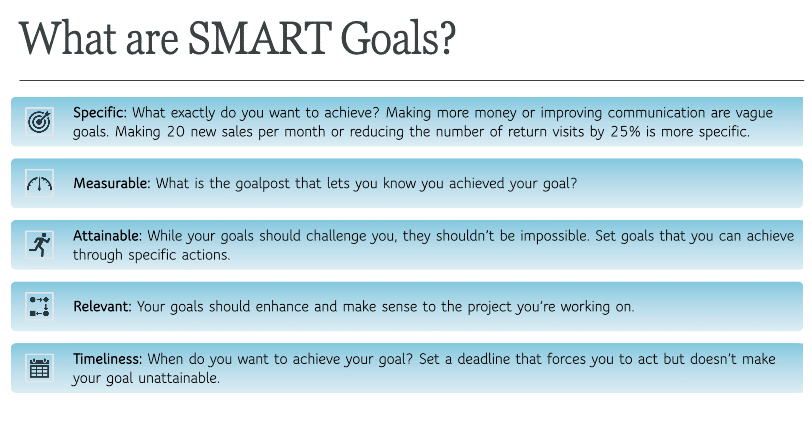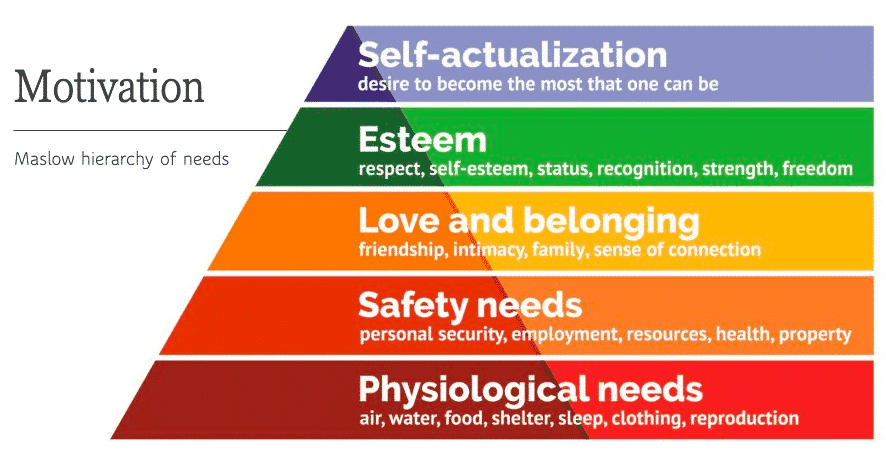Missed our webinar, Practical Leadership Tips for Solar Installers in Times of Crisis, or simply want to share it with a friend? View/share the recording to the left or skim through the highlights below!
Nardine Hanna – Host, Solargraf Team
Welcome to today’s webinar, everyone! My name is Nardine Hanna and I am the Solargraf App Specialist at Enphase Montreal. Today’s talk is sponsored by the Enphase Store.
I’m sure over the last few months we’ve seen a lot of changes to the working environment as we’ve had to adapt to new circumstances brought about by the pandemic. For some of us, that has meant switching to a remote working environment and adapting to a new way of communicating and working with our colleagues.
In today’s webinar, we’ll be looking at some practical skills and tools that you can use to keep your team engaged, motivated, and help them achieve their goals despite all the changes that are happening around us.
With that said, who better to present today’s topic than our own Jimmy Abraham. Jimmy is a technical entrepreneur at heart, he’s an IT and operations guru and is also very passionate about helping companies and people grow to achieve their potential. Over the last few months he’s played an integral role in our team’s success. He continues to share his expertise with us every day.
Jimmy Abraham – Senior Director, Sales, Marketing & Canadian Operations, Enphase Energy
Thank you for that amazing intro, Nardine! Hopefully, I can live up to that. I found my passion in helping companies grow by helping their people grow, so I’ve been building teams and growing companies for the last 20+ years. I did fail at my first few attempts because I had not learned the key ingredient: I needed people. I couldn’t do it alone.
Myself and a few others started a company called Broadsign back in 2002. We were 4 when we started and about 50 when I left in 2010. That company is still going strong today with some key people I hired back then still running the show.
I came to Sofdesk back in August 2019. If you know our story a little bit, we were 29 people when I joined. The company has since doubled in size and has been acquired by one of the biggest cleantech companies out there, Enphase Energy, which will only help accelerate our growth in this amazing market.
What is practical leadership all about
When a group of people is asked “what makes a great leader?”, the answer that always comes out is “vision”. Why? Because vision captivates us. People will follow a vision. This is dangerous because the real vision that drives behavior, “enduring vision” will stem from a genuine concern for a group of people. The vision is not enough without concern for the people this vision is going to help.
To have an enduring vision and then motivate people to help achieve that vision is really the essence of leadership. Practical leadership is about helping your team achieve the goals you help them set for themselves and the company. It’s also a behavioral approach to leadership. I believe that you’re not born a leader. You can learn the traits to become a good leader and your leadership potential is measured in 2 ways:
- everything you do.
- everything you say.
The 4 pillars of practical leadership
Communication
Here are 5 practical ways of communicating your message:
– Management by walking around: walking around the office. Don’t hide in your cubicle or close the door to your office. Make it a point to speak to 2 – 3 people as you do your rounds, ask them what they’re working on, what issues they might have, and share the information you can share with them that can help them practically in the job they’re doing.
– Cascading down the information: As the leader, you usually have access to information. Make sure to share that with your direct reports and let them know to share with their team as well
– Team meetings: use this time to share information, get feedback and build the team dynamic. You should be in at least 2 team meetings a week – one with your manager and one with your direct reports.
– The one-on-one: This meeting is critical. Make sure to have them properly structured. A standing agenda works well.
– Addressing the whole company: This should be done quarterly or annually to make sure the message gets out there.
Goals

A goal is a dream written down. A goal broken down into steps becomes a plan, and a plan backed by action makes your dreams a reality. The best way to learn how to set goals is using the SMART goal system. This is a goal that is specific, measurable, attainable, relevant, and timely.
Delegation
I see all responsibilities as delegation. Ultimately, the head of the company is responsible for everything that happens, they hire people to take on responsibilities and are in essence delegating those responsibilities downward to their staff.
The CEO doesn’t have to know how to do all the jobs but is responsible for finding the people to do the tasks that need to be done. Make sure the person taking on the responsibility explains the desired outcome back to you, and then get out of the way! Support them, make sure they have the tools they need to achieve their goals, but make sure to give them space to work on the goal.
People left without the proper tools they need along the way is a surefire way to crush effective delegation.
Motivation
For a company to be great, your people need to operate at the level of “self-actualization” of Maslow’s Hierarchy of Needs. This means getting to know them, their passion, and their potential to achieve their best selves.
It’s important to understand people’s personalities to know how best to motivate them. Are they an extrovert or introvert? Are they more task-oriented or people-oriented? Learning about a person’s personality is a great way to understand what motivates and drives them. This is key in helping them achieve that self-actualization and therefore internal motivation to drive them to achieve their goals.
What you feed will grow. If you constantly criticize the areas of poor performance without offering support, the worker will be demotivated and they will end up not doing the things they do great anymore. This will leave you with someone who only does average work. Focus on the awesome, notice the good, and address the poor performance but be supportive about it.

Adding to your leadership toolbelt
By mastering the 4 pillars, you’ve mastered everything you need to be a great leader. Now, that’s great, but how do you apply all of this? To help build your leadership tool belt, you can look into the different leadership models.
I’m a very big fan of John Adair’s model. It’s a great way to structure and implement those 4 pillars. In each one of those management responsibilities – achieving the task, managing the team, and managing individuals, you can look into the core functions of each. That includes planning, initiating, controlling, supporting, informing, and evaluating.
You’ll want to apply this to your own environment, and think about the aspects of performance that are necessary for success in your situation.
Dealing with a crisis as a leader
Now that your tool belt is complete, I want to talk about leading in crisis. Here’s the good news: the pillars and principles don’t change in times of crisis. What changes is how much time you have to adjust to the changing scenario.
Before you act on being in crisis, how do you recognize that you ARE in crisis? Here are 3 things to look out for:
- the issue is going to cause an imminent threat to the organization
- the issue has come up as a surprise
- because of the seriousness of the situation, it is going to force you to make very quick decisions.
If you’re in that situation, the 4 key behaviors that will help you and your company get through a crisis are:
- Decide with speed over precision: Define priorities. Identify and communicate the three to five most important ones. Early in the crisis, those might include employee safety and care, financial liquidity, customer care, and operational continuity.
- Adapt boldly: Decide what not to do. Put a hold on large initiatives and expenses, and ruthlessly prioritize. Publicize your “what not to do” choices.
- Reliably deliver: Stay alert to and aligned on a daily dashboard of priorities. You and each leader in your team should document their top five priorities (on half a page or less) and ensure that you and your boss are in accord. Review performance against those items frequently — if not daily, perhaps weekly — and make sure that your leaders share this information with their direct reports.
- Engage for impact: Connect with individual team members. Reach out daily for a “pulse check” with at least five; block out time on the calendar to do this. Relate on a personal level first, and then focus on work.
You, as a person in these crisis situations, should project honesty and confidence, and work on controlling the chaos. Things are going to develop very quickly but you can keep it controlled – don’t let yourself get so wrapped up in it that you don’t have a chance to take care of the key points.
I have covered everything I wanted to cover. I want to say thank you to everyone for attending. I hope that you’ve found some good information here. Thank you!



 United States
United States Germany/Austria
Germany/Austria Brazil
Brazil Netherlands
Netherlands Japan
Japan